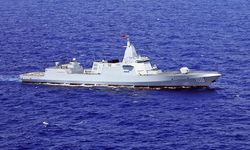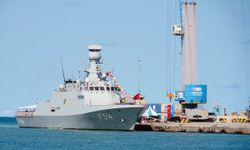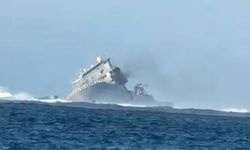Reports from U.S. Central Command indicate 48 ASBMs and 12 interceptions in the Red Sea between November 27 and February 20, with many fired by the Yemeni Houthis posing no danger. This has prompted increased demand for integrated air and missile defense systems in Asia, including sensors, weapons, and command-and-control systems.
During the Singapore Airshow, a senior executive from a U.S. defense contractor revealed that the air defense activities in the Red Sea and Ukraine have caught the attention of potential customers in Asia.
The focus is not only on countering ballistic missiles but also on addressing small, "low-end" threats such as drones accompanying larger attacks. While the ability to handle ballistic missiles seems effective, the challenge lies in reliably dealing with swarms of small threats simultaneously.
U.S. Navy destroyers, equipped with the Aegis air defense system, have been engaged whenever ASBMs are in range. The Aegis system, incorporating components from Lockheed Martin and Raytheon, uses various missiles to intercept threats.
Industry experts have highlighted the importance of having "deep magazines" on missile defense ships, ensuring an ample supply of interceptors for multiple shots at each threat.
At the airshow, representatives from defense companies like Saab, Raytheon, Lockheed Martin, and MBDA noted increased interest in missile defense systems. The British government awarded a £400 million ($505 million) contract to upgrade its Sea Viper air defense system to handle ballistic missiles.
While the conflict in the Red Sea involves rudimentary ASBMs, experts caution against overinterpreting lessons for more advanced scenarios, particularly involving China. Analysts point out that the overall complexity of Chinese ASBMs surpasses those used by the Houthis, urging caution in drawing conclusions from recent experiences in the Red Sea.






